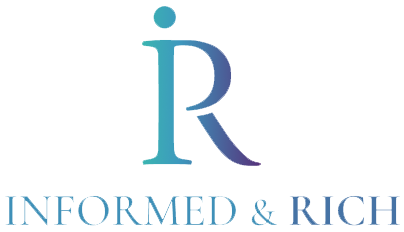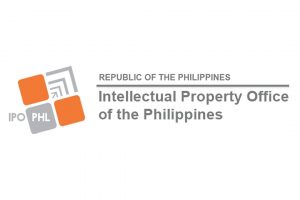THE Bureau of Customs (BoC) said it seized P7 billion worth of counterfeit branded products from warehouses at the 168 Mall in Binondo, Manila.
On the sidelines of a briefing Wednesday, BoC Intellectual Property Rights Division (IPRD) Officer-in-Charge Paul Oliver N. Pacunayen said that the goods’ valuation was based on the market value of equivalent original products.
“As of today, it is P7 billion in estimated market value. That is based on the price of the original items because that is the value (of taxable goods) we lost,” Mr. Pacunayen told BusinessWorld.
“These are mostly apparel, accessories, and bags. These are the usual items that get counterfeited,” he added.
The BoC operations resulted from a notification by the Intellectual Property Office of the Philippines (IPOPHL), based on public comment flagging 168 and 999 malls as markets of concern facilitating the sale of counterfeit products.
The IPRD then requested a letter of authority to authorize an inspection of the storage spaces on the 7th floor of 168 Mall and the 5th, 6th, and 7th floors of 999 Mall. The letter was granted on Nov. 14.
According to the BoC, the inspection revealed counterfeit products carrying brands like Louis Vuitton, Coach, Gucci, Dior, Chanel, YSL, Hermes, Salvatore Ferragamo, Longchamp, Marc Jacobs, Valentino, Lacoste, Balenciaga, Versace, Polo, and Dolce & Gabbana, among others.
Also found were counterfeit Tory Burch, Coach, Valentino, Kate Spade, Karl Lagerfeld, Barbie, Prada, Bottega Veneta, Kipling, Guess, Vans, Spiderman, Nike, Converse, Disney, Marvel, Sofia, Coco Melon, Fendi, Creed, Victoria’s Secret, Lululemon, Oakley, Ray-Ban, and Adidas products.
“We are done with the inventory for 168 Mall; for 999 Mall, I think we can finish it by tomorrow, and then by Thursday afternoon or by Friday, we can request a warrant of seizure and detention,” Mr. Pacunayen said.
The BoC will then wait for the brand owners to certify or reject the goods’ authenticity, which will be the basis for the forfeiture of the seized product. All such goods found to be counterfeit will be destroyed.
Mr. Pacunayen said that the counterfeit products are most likely shipped in as smuggled or misdeclared goods.
“The only way to check for authenticity is through physical examination so we can see if there are any infringing trademarks, which makes the job more challenging,” he added.
According to IPOPHL, the National Committee on Intellectual Property Rights (NCIPR) wants to replicate its Greenhills Shopping Center operation by reducing the stalls selling counterfeit items at 168 and 999 malls.
“As the vice chair of NCIPR, we want to continue close collaboration with the member agencies,” IPOPHL said.
“We hope to compel the shopping centers to implement stricter monitoring of their stalls and impose penalties against sellers of counterfeit products,” it added. — Justine Irish D. Tabile

